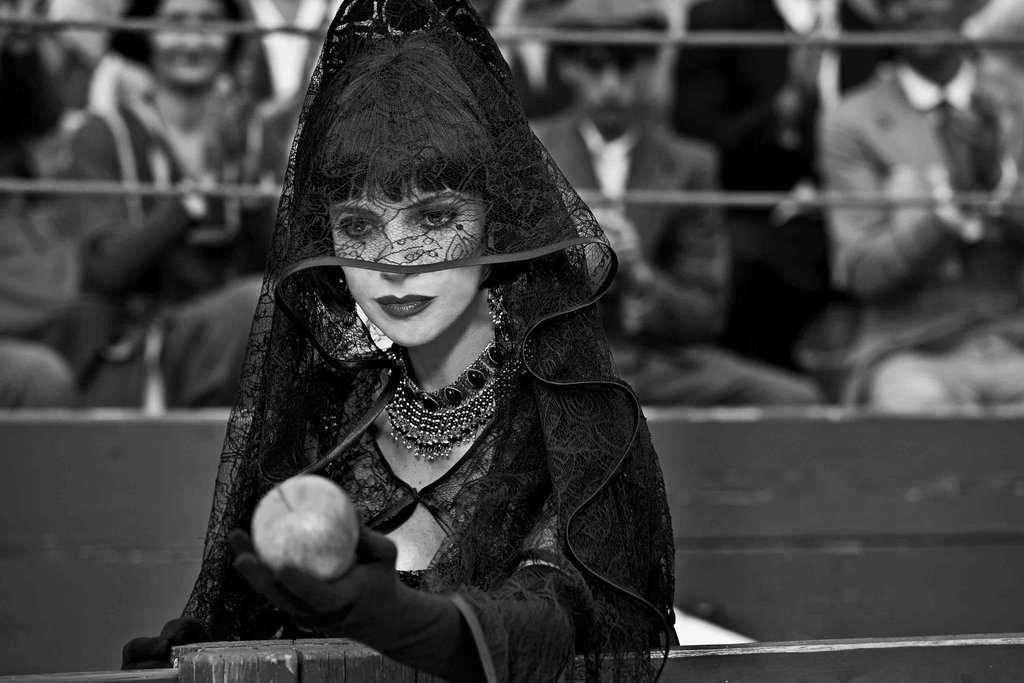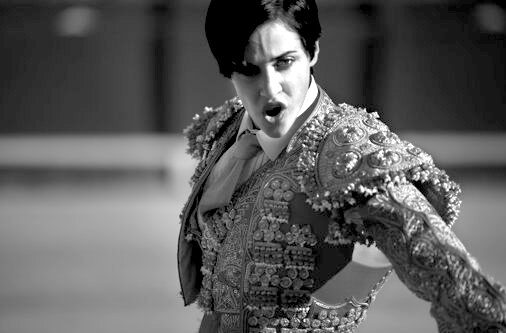Our learning goals this week included to better understand how the advent of sound and the emergence of Surrealism play a critical role in the development of the Second Republic; and viceversa. We also sought to learn how audiovisual representation of violence is intrinsically related to much of the history of filmmaking in Spain during the 20th century; and to learn to read the importance of the Double, the subconscious, dreams, and returns for the formation of historical memories. Basing our exchange of ideas on Pavolvic’s “Surrealism (1924-1930) and the Advent of Sound (the Second Republic: 1931-1936)” and Andrés Zamora’s “Violence. Spanish Eyes,” we discussed how a 2012 remix, Pablo Berger’s Blancanieves / Snow White, traveled back to the future to conjugate all this national information.

Because of the return to in-person teaching next week, we only had class on Tuesday January 26. For the reflection of this short week, I ask that you dwell on how Surrealism and sound lead spectators to the exploration of demons and the subconscious in Berger’s Blancanieves / Snow White (2012), a post-Francoist film representing reminiscences of the Second Republic. NO deadline Sunday; post your reflections whenever you can, without letting future reflections pile up with this one and the one from the previous week. You all should have access to Scholarblogs by now.

I really enjoyed this movie this week. The connection it gave to common fairytales was enjoyable as the story felt comforting. I think fairytales are so beloved because of the assumed resolution of the plot and this story was similar throughout its plot despite the ending. The surrealism and sound in this story allowed us to see the true intentions of the stepmother and the daughter. We saw flashbacks through their eyes and went on journeys with both of them through this. This heavily added to our view of their subconscious as it allowed us see not just how they act but how they think.
In this unit, we discussed the introduction of sound to Spanish films and how this addition, along with the prominence of surrealism, represented the political climate post-Franco. Because of the shift away from an oppressive and debilitating dictatorship (in my opinion), surrealism very well may have risen to reflect the hazy and scattered state that many citizens may have felt stuck in after such a difficult time in their lives. The oppressive nature of the Rivera dictatorship was emulated in the surrealist cinema using different filming and editing techniques typical of mise-en-scene like different camera angles, varied/dull lighting, etc.
Films like Blancanieves or Tierra Sin Pan (which was mentioned in our reading) tend to utilize sound in a “disturbing” and “ironic” way that is consistent w the tendencies of ethnographic and surrealist films. Although an image may be sad or upsetting, the score is often ironically jovial and light. Violence is a constant throughout the second republic and many directors focused on portraying violence as beautiful in film. Giallo explores the meaning of violence at the human level – for example the castration of a man signifies the stripping of his maleness and masculinity. Similarly, the ubiquitous use of the eye, at this point in time, often symbolizes the presence of an all-seeing/knowing entity, attuned to violence, darkness, and evil.
Pablo Berger’s Blancanieves (2012) offers a new take on silent film, as there is a capability of sound in its production, but the director makes a conscious choice to exclude any dialogue from the film. However, the use of music greatly adds to the intricacies of the piece by bringing the sound of the scenes to the audience. Scenes such as the bells tolling, or a gramophone playing are accompanied by the musical score that represents such sounds. By doing this, the director is able to reify the impact of the noises of the action and make it more of an immersive experience. Similarly, Berger uses crescendos and decrescendos accordingly to evoke different emotions in the viewer as exciting or somber scenes appear. Together, the strategic use of sound speaks to the lack of voice that many of the citizens living under the reign of the Second Republic were experiencing. There is a capability of sound and even realistic sounds to an outsider, but the individuals themselves are silenced.
The film does not contain an excess of surrealist images, but the ending evokes a strange and unrealistic understanding in the parading of the heroine’s body. Here we see a direct tie to the tale of Snow White as Carmencita is put on display and treated like a spectacle. This objectification of a once powerful and independent woman symbolizes the patriarchal reign of the Second Republic and the lack of autonomy that many of the people in Spain of the time period were forced into. Berger speaks to the surrealist movement by transporting a contemporary audience into the time of the rise of Fascism.
The story of Blancanieves has many thematic ties to the Second Republic. Most obviously is the silence, a deliberate choice by Berger, which gives an eerie emphasis on the visuals of the film while representing the silence of the subjects of this repressive Republic. By playing with the sensory experience of the viewer, Berger communicates the lack of autonomy present in this regime, especially for the women. Most striking is the glass coffin which Blancanieves is paraded in at the end, symbolizing the patriarchal surveillance of women. Religion and violence are intertwined, with the stepmother’s looks in parallel to the Virgin Mary: a corrupted force of good, not unlike the republic itself. The emphasis on tragedy in violence serves a narrative, visual, and symbolic purpose, demonstrating the senseless evil of the period. It is interesting that this film was made in 2012, because the hindsight on the time allows for these devices to have further meaning. Looking back on the republic allows for a true understanding of the scale of the tragedy, and for the director to take a moral stance.